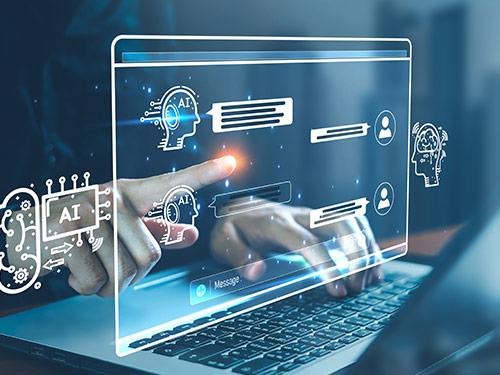AI meeting assistants now come packed with powerful features to improve employee productivity and meeting workflows. So, which AI tool is best for your organization?
For many business professionals, opening a weekly calendar app can be fraught with anxiety. Among their concerns: How do they find time for heads-down, productive work with so many meeting blocks? How can they keep track of post-meeting to-dos? What if they join a meeting late or not at all — are they going to miss critical discussions and decisions?
As enterprises look to ease these concerns and address employee experience challenges, it’s worth considering certain technology to improve meeting workflows and outcomes.
In Metrigy’s “Employee Engagement Optimization 2025” global research study, conducted in fall 2024, 45.8% of the 400 participating companies already allow use of AI virtual assistants as part of their workplace collaboration suites, while nearly as many are either planning to adopt by the end of 2025 (20.8%) or are evaluating their potential use (23%). The percentage of employees with an AI virtual assistant license is growing, too. Today, 49.2% of employees, on average, have a license for an AI virtual assistant. By the end of 2025, that percentage is expected to grow to 65.7%, on average.
What to expect in an AI meeting assistant
Continue reading at techtarget.com.





